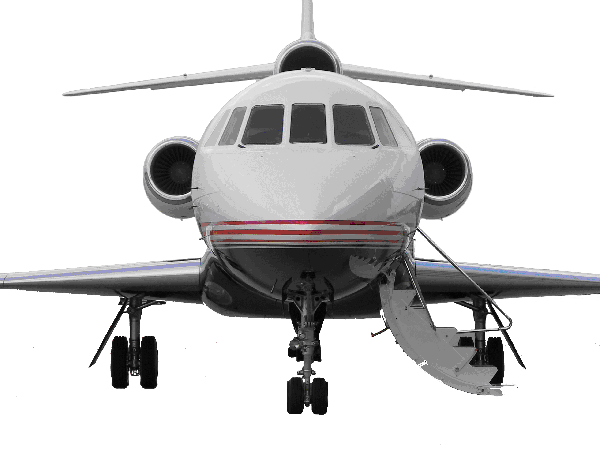
FAA Practical Test
John W Beck, PhD, ATP, DPE
 |
FAA Practical Test |
| Reference | Importance |
|---|---|
| IACRA | The Integrated Airman Certification and Rating Application (IACRA) is the FAA website where you can submit an application for a practical test. |
| Aeronautical Chart Users Guide | You need to know the symbols, labels, and conventions in the legend of the aeronautical (paper and digital) (VFR and IFR, as applicable) and will be expected to explain these items along your route or elsewhere, as requested by the examiner. |
| Aeronautical Information Manual (AIM) | The AIM is a comprehensive manual that covers a wide variety of topics applicable to all flight operations. This is a good reference document to have handy for the practical test and other flight operations. You will be able to reference this document during your practical test. |
| Aviation Weather | This provides the knowledge to understand the fundamentals of weather. It is important to understand the weather so that you can better interpret weather reports and forecasts. It is the basis for making intelligent decisions regarding go/no-go, route selection, alternate airport selection, and other aspects of flight planning. It is a good reference for the written test. |
| Aviation Weather Services | This reference provides an understanding of the types of weather reports and forecasts that are available. It is a good reference for the written test. |
| FAA Handbooks and Manuals | This FAA website includes other handbooks and manuals that may be of interest to you. |
| Instrument Procedures Handbook | This is a technical reference for all pilots who operate under IFR in the National Airspace System. |
| Pilots Handbook of Aeronautical Knowledge | This provides basic knowledge essential for all pilots. |
| Weather for Today | This is one source of weather; however, other approved sources such as AeroWeather, ForeFlight, and others are acceptable. |
Copyright © 2001-2025 USAC Aviation. All rights reserved.